
The Mercedes-Benz W196 was a Formula 1 racing car produced by Mercedes-Benz for the F1 seasons of 1954 and 1955. Successor to the W194, in the hands of Juan Manuel Fangio and Stirling Moss, won 9 out of 12 races entered and won the only two world championships in which he competed.
The first ones included the use of demodromic valves and Daimler-Benz developed direct mechanical fuel injection adapted from the high performance DB 601 V12 used in the Messerschmitt Bf 109E fighter during World War II.
The legendary 300-liter 3-liter SLR (Sport Leicht-Rennen, eng: Sport Light-Racing) was derived from the W196 for the 1955 World Sportscar Championship season. His accident at Le Mans that year ended not only his short-lived dominance on the WSC circuit, but also marked the end of the W196, when Mercedes abandoned competitive racing in 1955 and did not return for another three decades.

Simplified Monza bodywork
The late debut of the W196 at the 1954 French Grand Prix saw the introduction of the aerodynamic aluminum body "Type Monza" of aerodynamics to the high-speed track in Reims. Juan Fangio and Karl Kling won the 1–2 and Hans Herrmann made the fastest lap. Later, the same body was used only three more times: at Silverstone, Monza, where he received his nickname in 1954, and Monza again in 1955.

Open wheel
As attractive as the Monza was, its aerodynamic body was really only suitable for high-speed tracks made up of straight and slow corners, leading to defeat in its second race, the British Grand Prix on the high-speed curve dominated the Silverstone circuit , where Fangio hit several barrels of oil that marked the circuit. A conventional version of open wheel was introduced to the most important race of the Mercedes calendar, the German Grand Prix, at the Nurburgring. Fangio, who had already won the first two GPs of 1954 with a Maserati in his hometown of Buenos Aires and Spa won this and the following two races in Switzerland and Italy, ensuring their 2nd World Championship.
At the Spanish Grand Prix in Barcelona, in the last race of the 1954 season, the low-mounted Mercedes air intake clogged with leaves, costing Mike Hawthorn a race in a Ferrari and leading to the relocation of the top entry. the hood.

In the shortened 1955 Formula 1 season, cut short after the Le Mans disaster, the W196 won every race except the Monaco Grand Prix, where Hans Herrmann crashed in practice and the other three Mercedes team cars failed to finish. A highlight for the driver Stirling Moss was his submission 0.2 seconds ahead of stable mate Fangio in his home event, the British GP, his first GP victory, a race in which Mercedes beat home with 1 –2–3–4.
After capturing the two world championships in which it competed, Mercedes withdrew from motorsport at the end of the 1955 season. Despite its strong reliability and good performance on the track, drivers Fangio and Moss described the car in MotorSport magazine as "a little difficult to drive, with a tendency to overtake the road ". Moss also said later: "I'm surprised that Merc was not a little easier to drive, because it wasn't. It was a driver's car, but not an easy-to-drive car." Fangio shared feelings, also saying in MotorSport Magazine in 1979, that the car "was not as good to drive as a Maserati 250F, but you were almost sure to finish. So Mercedes was amazing that way."

Formula 1 from the 70s / 80s
Pilot John Watson drove the W196 in Hockenheim, providing some insight into why the car was difficult to drive. He said that "if you gave this car wider and more resistant tires and changed the suspension, handling would be of a very high order". The W196 was so advanced and ahead of its time that the narrow tires available at the time simply couldn't fully support the car's exceptional performance.







































































































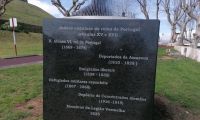



































































































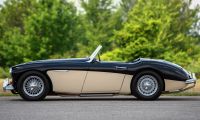











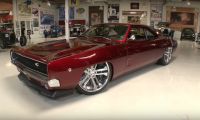



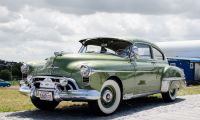







































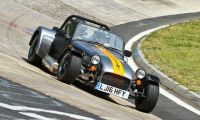






































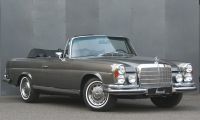


















































































































































































































































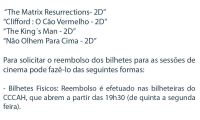

























































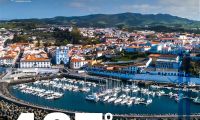




















































































































































































































































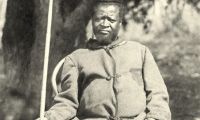



















































































































































































































































































































































































































































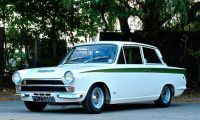








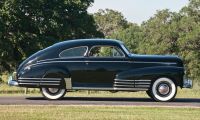















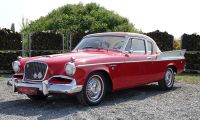






























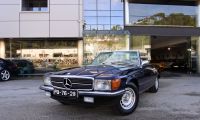









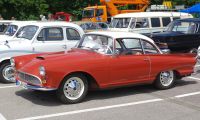


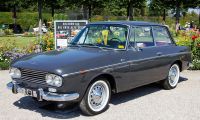
























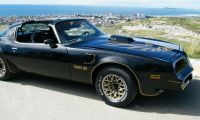














































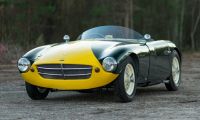



















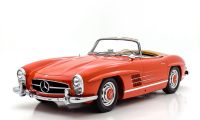





















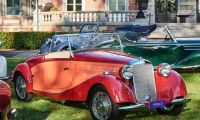














































































































































































































































 LINKS E SITES IMPORTANTES
LINKS E SITES IMPORTANTES


